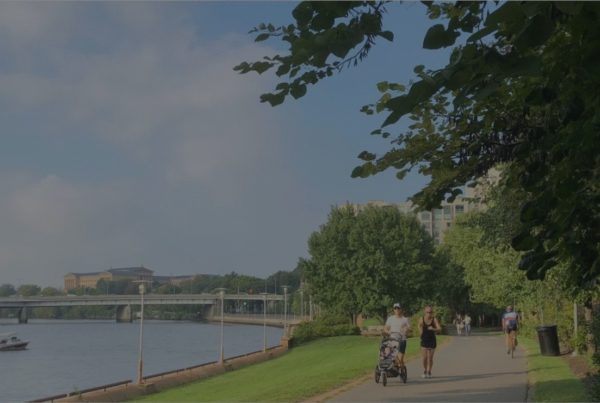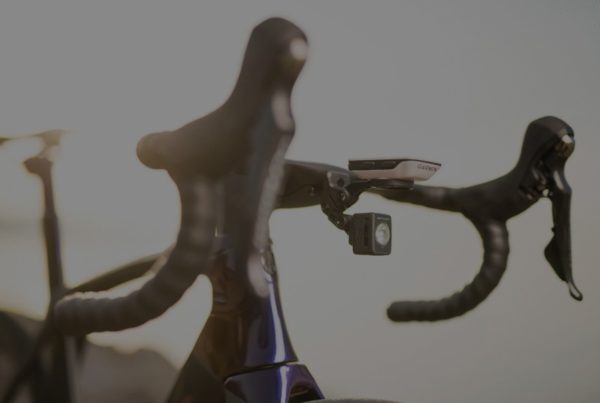Dear Readers,
The subject of group rides and traffic signals just keeps rolling along. Several weeks ago, we had a letter concerning a group ride that always seems to get caught in the intersection on a short-cycle traffic light (See “One single (group) ride or a collection of individuals?”). The letters rolled in, and they kept on rolling in, and because they raised some interesting points, I thought I’d share a few more reader responses on the subject of group rides and red lights.
Bob
Bob,
I wonder how difficult it would be to get a permit for a group ride so cyclists can all roll through?
And I’m sure you’ve already appreciated this as being at the heart of the issue, but to me the most interesting aspect is the question of what constitutes an individual or a vehicle. A peloton seems to operate under a unified consciousness in a way that a group of vintage car motorists never could, both because it is a political unit and because of the physical relations required to make the group, i.e. drafting, echelons, etc. The Sunday drivers club is really only a group in kind, whereas the order of cars normally doesn’t matter (except in perhaps a parade). If the vintage car club is momentarily divided by a stop light, the objective of the vintage car club is not forsaken, because the group is not defined by being a cohesive unit.
If you take a funeral procession, a parade or a peloton, however, both the order and spacing of each unit in the group are extremely important to the definition of the group, and even to the objective of being presented in a certain way. But compared to these other kinds of processions, I would argue that cyclists in a peloton are an even more unique category. To me, a peloton behaves more like a train than a funeral procession.
Riding in the peloton is uniquely political in the sense that each member has polity. I mean this, as opposed to the ride having some political agenda, such as a critical mass gathering, (which may, or may not, be defined as a peloton). Each member has a specific purpose in the group, depending on his physical position in the group (pulling, getting ready to pull, sucking wheel, etc.), experience level (leading the ride versus out for the firs time), and specific duties (specific workout objectives, fetching bottles, leading out a sprint, etc.) In this way, the peloton is a cohesive unit that moves and thinks as one. No particular rider has a function outside of the group. This is also seen in a very practical aspect, as the riders near the front of the group are more aware of upcoming obstacles, and must vocally call out or signal for road hazards, traffic, and any change in speed.
This relative difference in perception for different members of the group leads me further to distinguish the peloton from other kinds of processions, and liken it more to, say, a train. It is potentially dangerous for riders in the middle of the peloton to think autonomously, both because they may lack the perception to make sound judgments and because the riders behind them are depending on them to follow the lead of the peloton as a whole. I would argue that once the locomotive has entered the intersection, it is unstoppable until the caboose has gone through as well.
Of course, I would worry about the possible legislative response to this line of thinking: outlaw riding in a peloton!
Oh well, thanks for doing the good work!
Brian
Brian,
First, while you can get parade permits through your local police department, you are generally required to describe your route, and have a police escort to close intersections. It could be quite an expensive undertaking to organize a parade for every training ride.
The problem pelotons run into is that, in general the law doesn’t recognize pelotons, and thus, even if a peloton is like a train, all parts of that train are individually required to obey traffic signals. And as you have so aptly pointed out, if pelotons became a problem on the roads, one potential legislative response would be to outlaw pelotons.
But then another reader got me thinking…
Dear Bob,
It likely doesn’t matter to cyclists in America, but almost 20 years ago when I lived in Switzerland they had traffic lights – for cyclists. And it included lights at “T” intersections, where almost always cyclists could keep going in the bike lane on the main street, even when vehicles turning onto their road had a green light. The bike path was clearly marked, and better yet respected. And the lights were good and clear for both cyclists and motorists, and people obeyed them.
It’s kind of funny that here in “modern” America we still have not caught up to where some European countries were two decades ago.
Thanks.
G. F.
Madison Wisconsin
G.F.,
You raise an issue that I cover in “Bicycling
& the Law,” namely that one of the systemic problems with which cyclists must contend with is an infrastructure that is inherently biased in favor of the automobile. And as you point out, in some countries, the infrastructure takes cyclists into account, including giving cyclists their own lights.
So another way to respond to Brian’s point is to say that while pelotons are not currently recognized in the law, creating an infrastructure that recognizes the needs of cyclists—as they do in some European countries—would help keep that train moving, legally.
Hi Bob,
Here in Redondo Beach there is a bike lane on the Esplanade, an ocean front street (It was part of the original Tour of California). When you are riding on the ocean side there are four controlled intersections, all of them a “T.”
The bike lane has car parking inside of it and it is heavily used. The police regularly write tickets for riders in the bike lane running the stop signs. One of the intersections is light controlled and it too collects tickets. In this case the police are not only legally correct but they should be aggressive in writing tickets as all the parked cars block ones view of pedestrians entering the intersection. Many of those pedestrians are children (including mine) and could have fatal results.
While I am a former racer I no longer participate in organized group rides this being one of the reasons. It is very frustrating to live in an area where the longest uninterrupted stretch of road is 1.3 miles with the most usual spacing being 0.2 miles or less. There is the beach bike path with its hazards for more continuous efforts but any real speed or pack riding can be very dangerous there too. My advice for those trying to maintain fitness in this area is do what I do and ride a trainer for a weekly continuous effort and respect the traffic control signs. Many times, even most of the times, drivers will give me their right of way (there is a real art to this, so be careful) and more than once I have had policemen wave me through. A lot of people, including the police, do understand the issue of maintaining a training ride pace with stop signs every 0.2 miles, but group rides larger than a handful of riders are simply not viable in city environs.
Kai
As you’ve noted, Kai, some areas are just not conducive to large group rides. I mentioned previously that group rides should consider their choice of route when planning a ride, as one way to avoid those 4-way stops that break up the group, and that advice would especially apply to the situation you describe, with stop signs every 0.2 miles, children in the crosswalks, and parked cars blocking everybody’s lines of sight. The solution here is for riders to save the ocean front for a leisurely scenic ride, and the peloton for those areas where you have the open road.
Thank you to everybody who wrote in to offer their perspective on group rides and traffic signals. I’d also like to thank everybody who has contacted me to request my appearance at their event on my upcoming speaking tour. I will be speaking extensively this year, and will make plans to appear before any club, bike shop, or other engagement that is interested in hosting me. If you would like me to appear to speak at your event or shop, or to your club or group, please drop me a line at bookbob2speak@gmail.com. I’m looking forward to meeting as many of my readers as possible. Look for announcements of my first 2008 speaking engagements in this column soon.
Bob
(Research and drafting provided by Rick Bernardi, J.D.)



